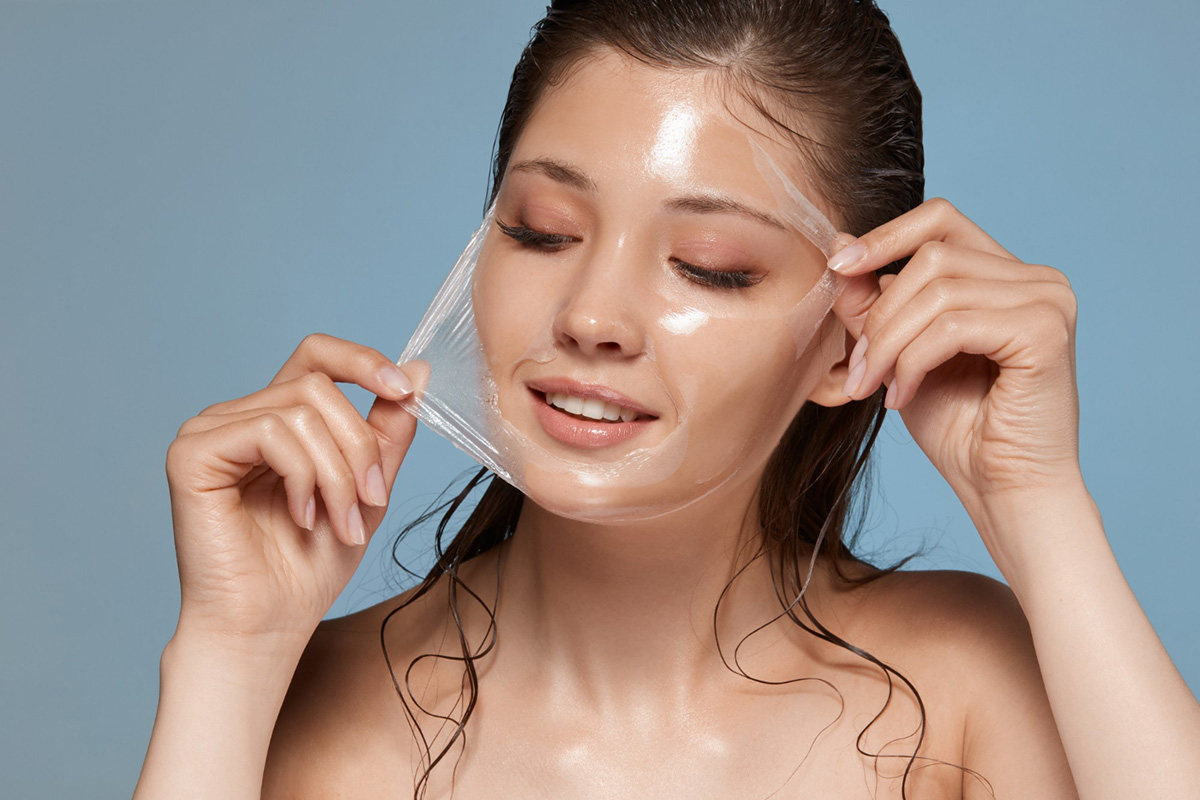Understanding Different Types of Chemical Peels

Chemical peels are popular cosmetic treatments that can address various skin concerns. If you are looking for a way to refresh your skin, reduce the signs of aging, or get rid of damage, chemical peels may be the right treatment for you. However, with so many different types of chemical peels available, it can be overwhelming to choose the one that fits your needs. In this blog post, we will discuss the different types of chemical peels to help you decide which one is right for you.
1. Superficial Chemical Peel
Superficial chemical peels are the mildest form of chemical peels available. They are perfect for those who want a quick rejuvenation and don't have any severe skin concerns. Superficial chemical peels target the outermost layer of the skin, also known as the epidermis. They are suitable for treating skin issues such as fine lines, mild pigmentation, and acne. Superficial peels can use alpha-hydroxy acids (AHA), beta-hydroxy acids (BHA), or other mild acids.
2. Medium Chemical Peel
A medium chemical peel penetrates the outer and middle layers of the skin. They target more advanced skin issues such as fine wrinkles, acne scarring, and sun damage. The treatment involves applying a stronger acid, such as glycolic acid, trichloroacetic acid, or salicylic acid, to the skin to remove the damaged skin cells and stimulate collagen production. Medium chemical peels require more downtime than superficial peels, and patients typically experience some swelling, redness, and flaking after treatment.
3. Deep Chemical Peel
Deep chemical peels are the most aggressive form of chemical peel and are typically only suitable for patients with significant skin concerns, such as deep wrinkles, substantial pigmentation, and scarring. They penetrate the deeper layers of the skin to trigger collagen production and effectively resurface the skin. Deep chemical peels require the most downtime and also carry the greatest risk of complications, such as scarring and infections. They are typically performed under anesthesia and require a dedicated recovery period.
4. Combination Chemical Peel
Combination chemical peels combine different types of acids and strengths of peel to address multiple skin concerns during the same treatment. Combination peels can deliver more dramatic results than superficial peels alone and can even produce results comparable with those of medium peels. Combination peels can be customized to suit the patient's individual skin type and skin concerns and can be a great option for those with aging skin, pigmentation, and acne scarring.
5. Enzyme Peel
An enzyme peel is a milder form of chemical peel that uses natural fruit enzymes such as papaya, pineapple, and pumpkin to exfoliate the skin. Enzyme peels are gentle, suitable for all skin types, and perfect for those looking for a more natural approach to exfoliation. They are effective at eliminating dead skin cells, reducing fine lines, and improving skin texture. Although enzyme peels do not involve the use of acids, they can still cause some slight tingling or warming sensations on the skin.
Conclusion
Chemical peels are an excellent way to refresh and rejuvenate your skin. Whether you are looking for a superficial peel to address minor skin concerns or a deep peel to tackle more significant damage, there is a chemical peel that can target your specific needs. However, it is essential to remember that chemical peels, particularly medium and deep peels, require experienced professionals to perform them to ensure that you achieve the best results with minimal risks of side effects. So, if you are looking for chemical peels in Windermere, FL, contact Vamped Aesthetics & Design today to book an appointment with our experienced aestheticians.